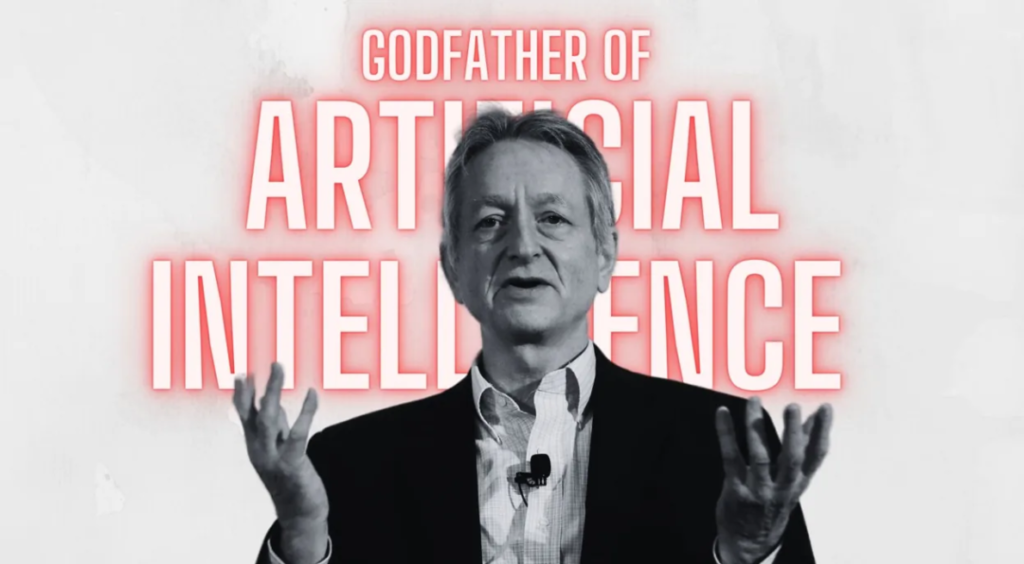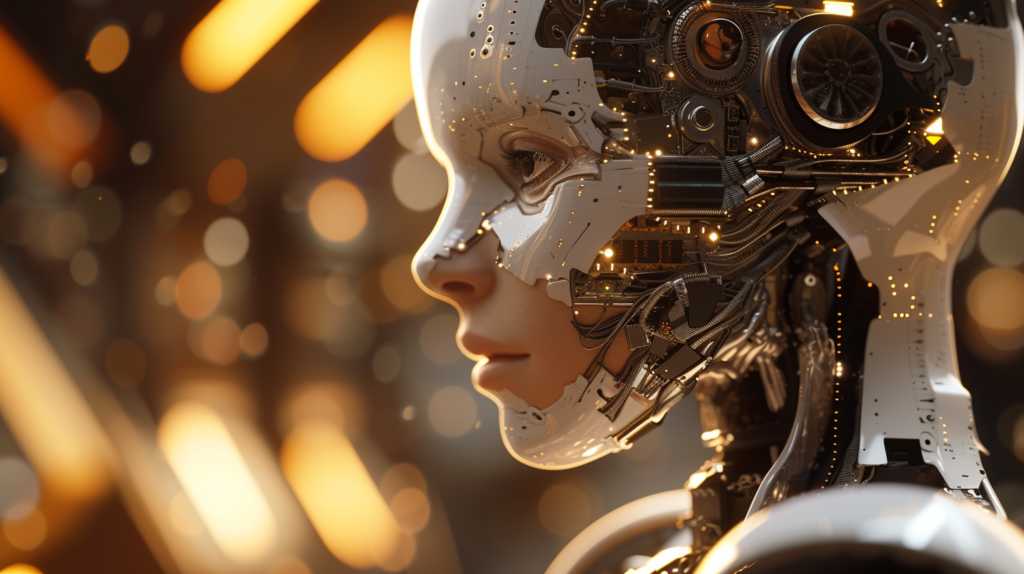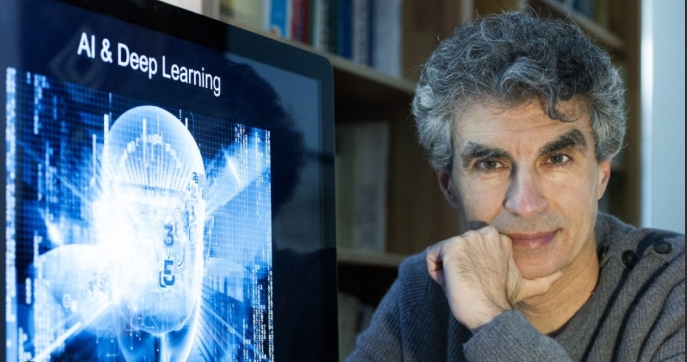The Godfather of A.I.: Celebrating Geoffrey Hinton’s Pioneering Contributions to Artificial Intelligence

In the ever-evolving landscape of technology, few figures stand as prominently as Geoffrey Hinton, often referred to as the “Godfather of A.I.” His groundbreaking work in artificial neural networks has laid the foundation for the rapid advancements we see in artificial intelligence today. As we delve into Hinton’s contributions, we uncover not only the technical innovations that have transformed industries but also the philosophical implications of his work on the future of humanity.
Early Beginnings and Academic Journey
Born in 1947 in England, Hinton’s journey into the world of artificial intelligence began during his academic pursuits. He earned his undergraduate degree in experimental psychology from the University of Cambridge and went on to receive his Ph.D. in artificial intelligence from the University of Edinburgh. His early research focused on the intersection of psychology and computer science, exploring how human cognition could inform the development of intelligent machines.
The Birth of Neural Networks
In the 1980s, Hinton, alongside his colleagues, introduced the concept of backpropagation, a method that allows neural networks to learn from their mistakes. This innovation was pivotal in training deep learning models, enabling them to recognize patterns and make predictions with unprecedented accuracy. Hinton’s work on multilayer perceptrons, a type of artificial neural network, demonstrated that these systems could learn complex functions, effectively mimicking the way the human brain processes information.
The Deep Learning Revolution
The 2010s marked a significant turning point in the field of artificial intelligence, largely thanks to Hinton’s contributions. His research played a crucial role in the resurgence of deep learning, a subset of machine learning that utilizes large neural networks with many layers. This approach has powered remarkable advancements in various applications, including image and speech recognition, natural language processing, and autonomous systems. In 2012, Hinton and his team achieved a breakthrough in image classification by winning the ImageNet competition, a prestigious challenge in computer vision. Their deep convolutional neural network outperformed previous methods, showcasing the potential of deep learning to revolutionize how machines understand visual data.
Embracing the Title of “Godfather”
Hinton embraces the title of “Godfather of A.I.” not just as a nod to his contributions but as a responsibility to guide the ethical development of artificial intelligence. He has been vocal about the potential risks associated with advanced AI systems, advocating for careful consideration of their societal impacts. Hinton emphasizes the importance of transparency, accountability, and collaboration among researchers, policymakers, and industry leaders to ensure that AI technology benefits humanity.

The Future of A.I. and Hinton’s Vision
As we look to the future, Hinton’s vision for artificial intelligence is both exciting and cautionary. He envisions a world where AI systems enhance human capabilities, tackling complex challenges such as climate change, healthcare, and education. However, he also warns of the potential dangers of unchecked AI development, including issues of bias, privacy, and the displacement of jobs.
In recent years, Hinton has continued to push the boundaries of AI research, exploring new architectures and learning paradigms. His work remains at the forefront of scientific inquiry, inspiring a new generation of researchers to explore the vast possibilities of artificial intelligence.
Conclusion
Geoffrey Hinton’s journey from a curious student to the “Godfather of A.I.” is a testament to the transformative power of innovation and the human spirit. His contributions have not only advanced the field of artificial intelligence but have also sparked important conversations about the ethical implications of this technology. As we stand on the brink of an AI-driven future, Hinton’s insights and leadership will undoubtedly shape the trajectory of artificial intelligence for years to come.
In celebrating Hinton’s legacy, we are reminded of the responsibility that comes with such profound technological advancements—one that calls for wisdom, foresight, and a commitment to the greater good.
Your most welcome to share this blogpost:
Step into the world of AiTellit, where AI sparks innovation and community thrives! Join us for free and unlock a universe of AI-driven opportunities. Engage in vibrant discussions, discover ethical tech solutions, and connect with like-minded individuals. Don’t miss out—be part of our mission to shape a more innovative world.
Your journey begins at AiTellit.
ainewsdaily #AI #fouryou #AIcommunity #AIartist #AI #AiTellit #AIEducation #FreeCourse #tech #future#ArtificialIntelligence #aitellit #AI







Responses